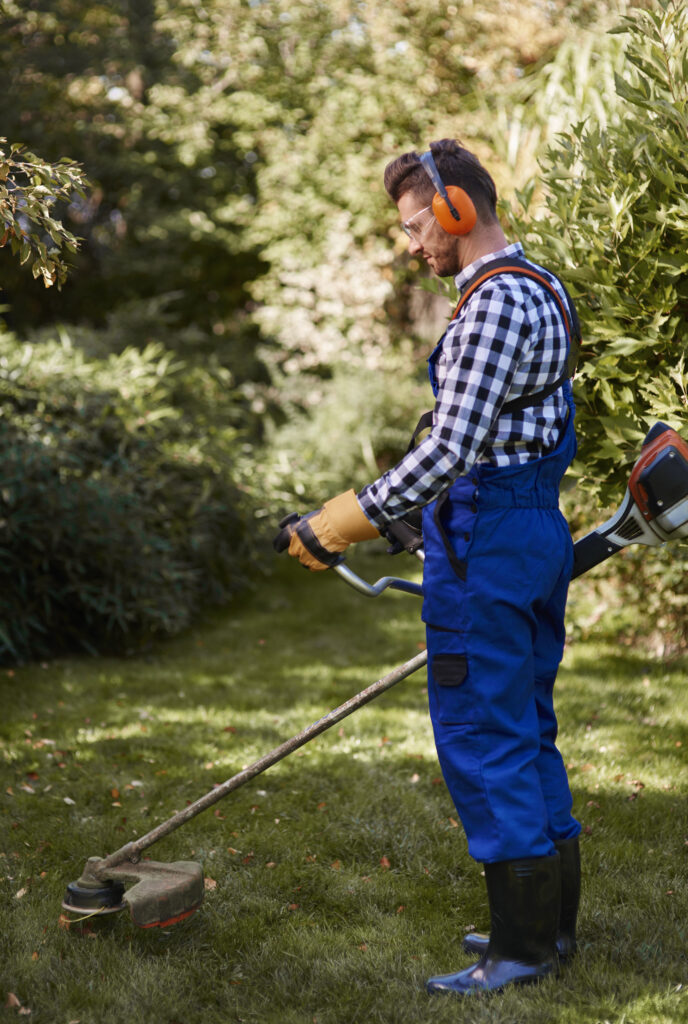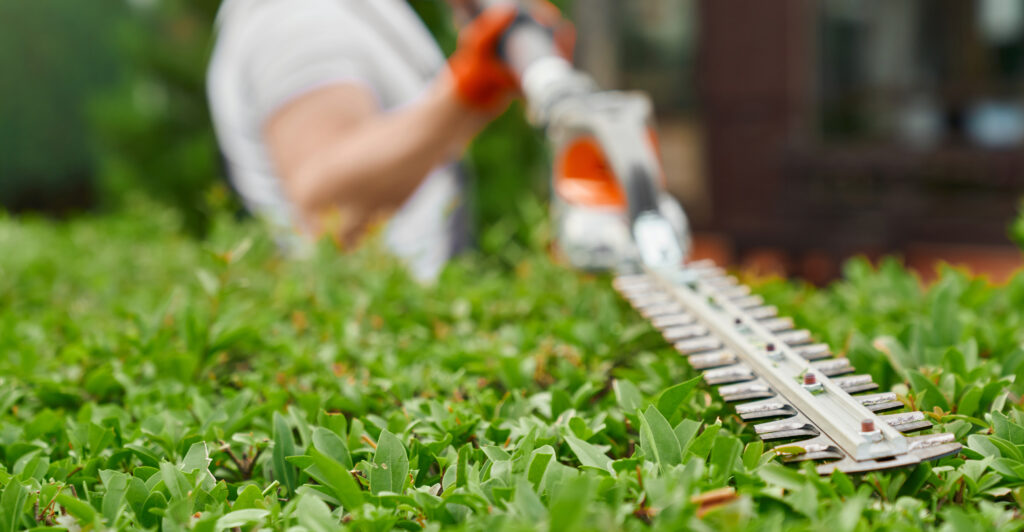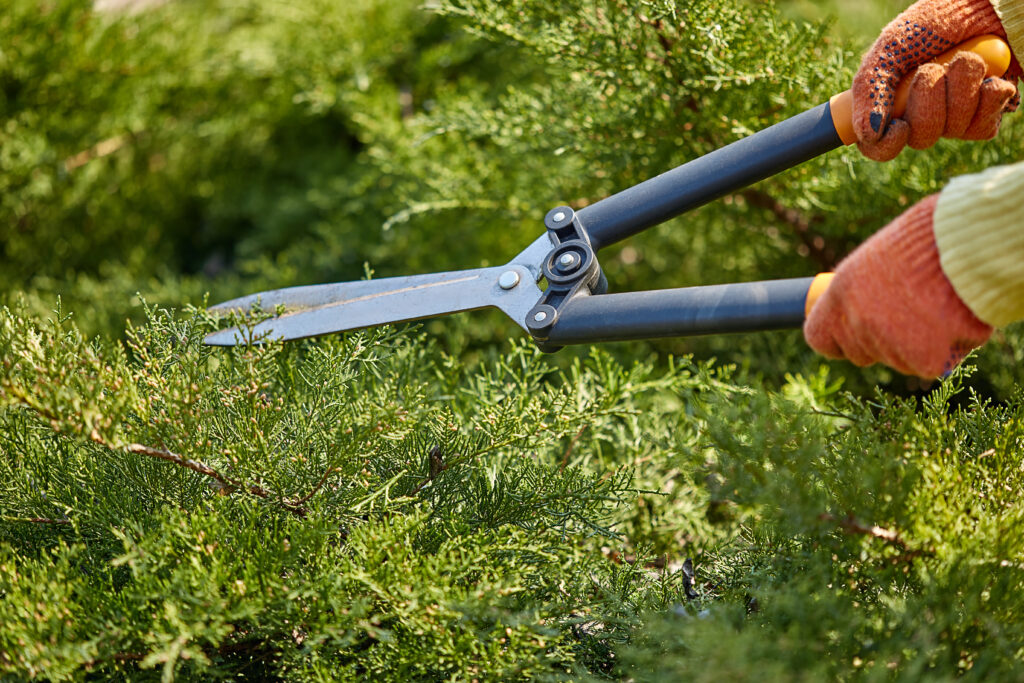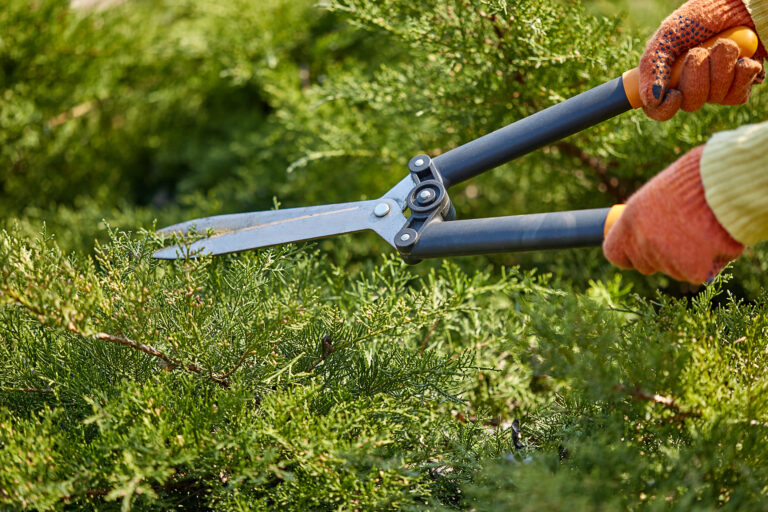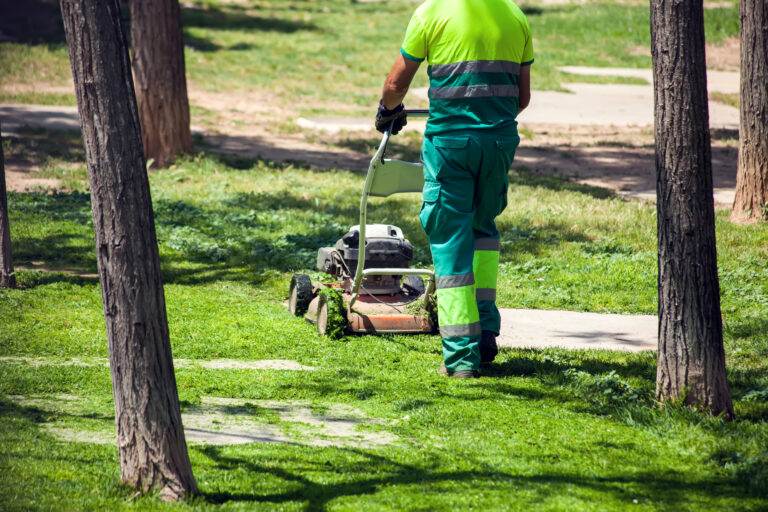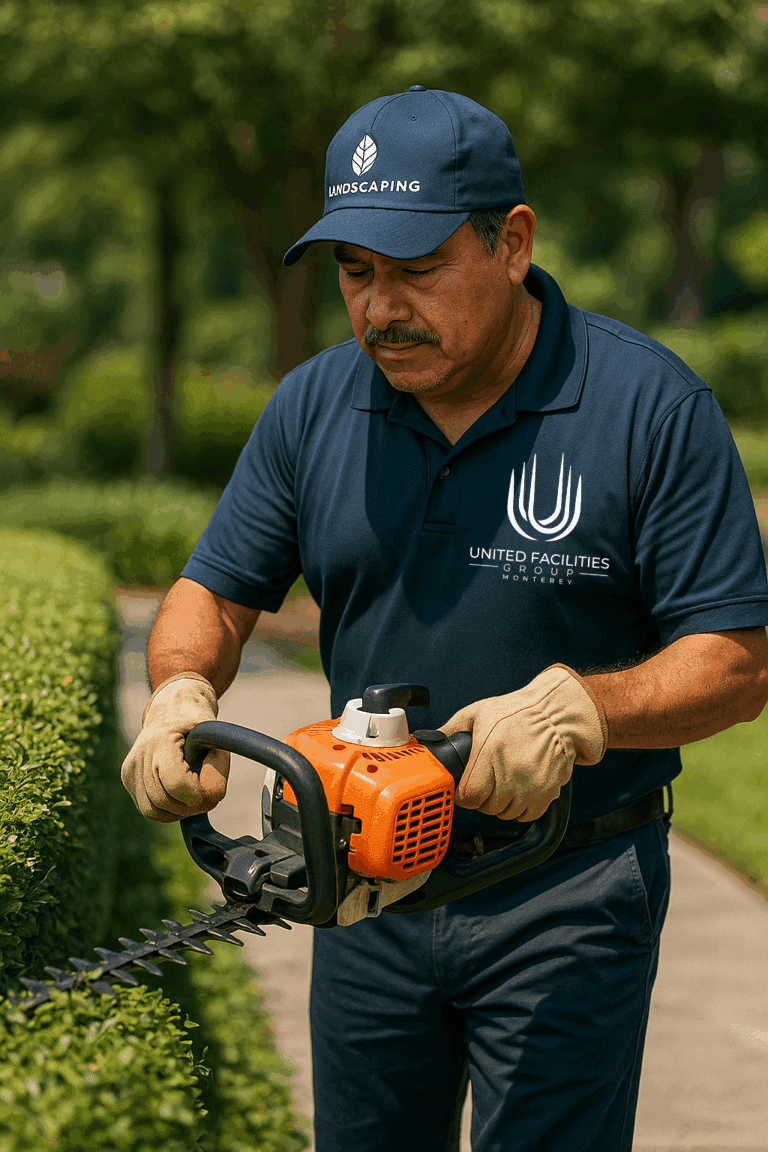Coastal fog is a unique climatic phenomenon that significantly influences the ecosystems along the Northern California coastline. This natural occurrence, characterized by low-lying clouds that roll in from the ocean, creates a distinct microclimate that can be both beneficial and challenging for local flora. As communities increasingly recognize the importance of sustainable landscaping practices, understanding how to work with coastal fog becomes essential.
Sustainable landscaping not only enhances the aesthetic appeal of coastal properties but also promotes environmental health, conserves water, and supports local wildlife. Incorporating sustainable landscaping techniques in areas affected by coastal fog can lead to resilient gardens that thrive in these specific conditions. By selecting appropriate plants and employing eco-friendly practices, homeowners and landscapers can create beautiful outdoor spaces that harmonize with the natural environment.
This article will explore the challenges posed by coastal fog, the benefits of sustainable landscaping, and practical tips for designing and maintaining a coastal fog-friendly landscape.
Key Takeaways
- Coastal fog presents unique challenges and opportunities for sustainable landscaping.
- Plants in coastal fog areas face difficulties such as salt spray, high winds, and limited sunlight.
- Sustainable landscaping in coastal areas can help conserve water, reduce pollution, and support local wildlife.
- Plants that thrive in coastal fog environments are often adapted to withstand harsh conditions.
- Incorporating native, drought-tolerant, and wildlife-friendly plants is essential for successful coastal fog landscaping.
Understanding the Challenges of Coastal Fog for Plants
While coastal fog provides moisture that can be beneficial for many plants, it also presents unique challenges. The cool, damp conditions can lead to issues such as fungal diseases and root rot, particularly for species that are not adapted to such environments. Additionally, the limited sunlight during foggy periods can hinder photosynthesis, affecting plant growth and overall health.
Understanding these challenges is crucial for anyone looking to cultivate a thriving garden in a coastal fog region. Moreover, the salinity of the air and soil in coastal areas can further complicate plant selection. Many traditional landscaping plants may struggle to survive in these conditions, leading to wasted resources and effort.
Therefore, it is essential to choose plants that are not only resilient to fog but also capable of thriving in saline environments. By recognizing these challenges, gardeners can make informed decisions that will lead to successful and sustainable landscaping.
Benefits of Sustainable Landscaping in Coastal Areas
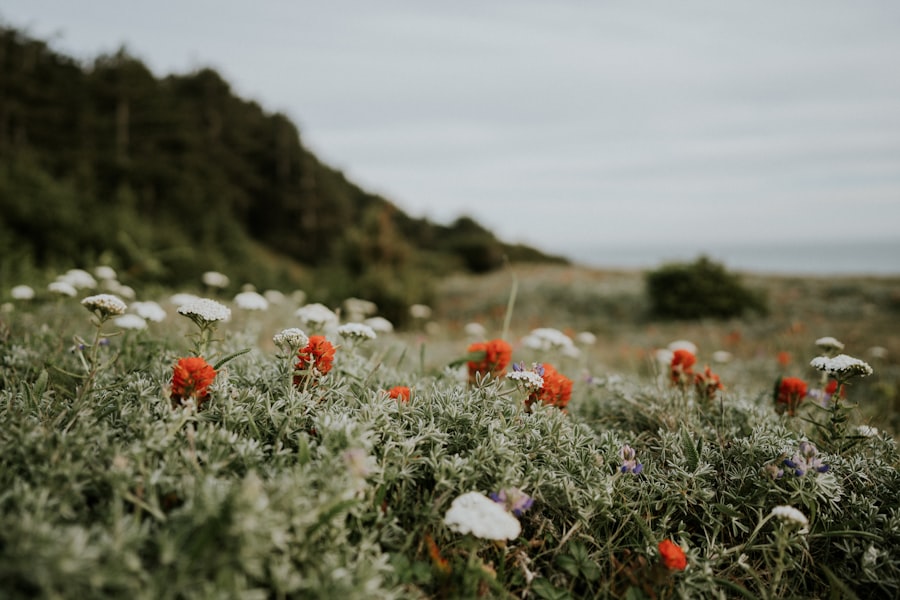
Sustainable landscaping offers numerous advantages, particularly in coastal regions where environmental conditions can be harsh. One of the primary benefits is water conservation. By utilizing native plants that are adapted to local climates, gardeners can significantly reduce their reliance on irrigation.
This is especially important in Northern California, where water resources can be limited during dry seasons. Sustainable landscaping practices also promote soil health by reducing erosion and improving nutrient retention. Additionally, sustainable landscaping enhances biodiversity by creating habitats for local wildlife.
Coastal areas are home to a variety of species, and incorporating native plants into landscaping designs can support pollinators, birds, and other wildlife. This not only enriches the ecosystem but also provides an opportunity for residents to connect with nature. Furthermore, sustainable practices often lead to lower maintenance costs over time, as native plants typically require less care than non-native species.
Characteristics of Plants That Thrive in Coastal Fog
Plants that thrive in coastal fog environments possess specific characteristics that enable them to adapt to the unique conditions of these regions. One key trait is the ability to tolerate high humidity levels while resisting fungal diseases. Many successful coastal plants have evolved mechanisms to shed excess moisture or have developed thick cuticles that protect them from pathogens.
Additionally, these plants often have deep root systems that allow them to access water and nutrients from deeper soil layers. Another important characteristic is salt tolerance. Coastal plants must withstand saline conditions caused by ocean spray and salt-laden winds.
Many native species have adapted by developing specialized structures that help them excrete excess salt or by storing it in vacuoles within their cells. Furthermore, plants that thrive in coastal fog often exhibit drought resistance, allowing them to survive periods of low moisture while still benefiting from the moisture provided by fog.
Top 5 Sustainable Landscaping Plants for Coastal Fog
When selecting plants for sustainable landscaping in coastal fog areas, it is essential to choose species that are well-suited to the unique conditions of these environments. Here are five top choices: 1. **California Lilac (Ceanothus spp.)**: Known for its vibrant blue flowers and evergreen foliage, California lilac is a hardy plant that thrives in coastal fog conditions.
It requires minimal water once established and attracts pollinators. 2. **Coastal Sagebrush (Artemisia californica)**: This aromatic shrub is well-adapted to coastal environments and provides excellent drought resistance.
Its silvery foliage adds visual interest while supporting local wildlife. 3. **Beach Strawberry (Fragaria chiloensis)**: A low-growing ground cover, beach strawberry is perfect for preventing erosion on sandy soils.
It produces sweet berries and thrives in both sunny and partially shaded areas. 4. **Manzanita (Arctostaphylos spp.)**: With its striking red bark and unique growth habit, manzanita is a stunning addition to any landscape.
It is drought-tolerant and thrives in well-drained soils typical of coastal regions. 5. **Yarrow (Achillea millefolium)**: This hardy perennial is known for its feathery foliage and clusters of small flowers.
Yarrow is drought-resistant and attracts beneficial insects, making it an excellent choice for sustainable gardens.
Tips for Maintaining Sustainable Landscaping in Coastal Fog

Maintaining a sustainable landscape in coastal fog areas requires careful planning and ongoing care. One essential tip is to monitor soil moisture levels regularly. While fog provides some moisture, it may not be sufficient during dry spells.
Implementing a drip irrigation system can help ensure that plants receive adequate water without waste. Another important aspect of maintenance is mulching. Applying organic mulch around plants helps retain soil moisture, suppress weeds, and improve soil health as it breaks down over time.
Additionally, regular pruning of plants can promote healthy growth and prevent overcrowding, which can lead to increased humidity and fungal issues. It is also beneficial to conduct periodic assessments of plant health and soil quality. This allows gardeners to identify any potential problems early on and take corrective action before they escalate.
By staying proactive in maintenance efforts, homeowners can enjoy a thriving landscape that remains resilient against the challenges posed by coastal fog.
Designing a Coastal Fog-Friendly Landscape
Designing a landscape that thrives in coastal fog requires an understanding of both plant selection and layout. One effective approach is to create microclimates within the garden by grouping plants with similar needs together. For instance, placing drought-tolerant species in sunnier areas while situating moisture-loving plants in shadier spots can optimize growth conditions.
Incorporating hardscaping elements such as pathways, patios, and retaining walls can also enhance the overall design while providing functional spaces for outdoor activities. Using permeable materials allows rainwater and fog moisture to penetrate the soil rather than run off, promoting better drainage and reducing erosion. Furthermore, layering plants with varying heights creates visual interest while mimicking natural ecosystems found along the coast.
Taller plants can provide shelter for smaller species, creating a diverse habitat that supports local wildlife while enhancing the beauty of the landscape.
Importance of Native Plants in Coastal Fog Landscaping
Native plants play a crucial role in sustainable landscaping within coastal fog environments. These species have evolved over time to adapt to local conditions, making them more resilient than non-native alternatives. By choosing native plants, gardeners can create landscapes that require less water, fertilizer, and maintenance while supporting local ecosystems.
Additionally, native plants provide essential habitat for wildlife, including pollinators such as bees and butterflies. These species rely on native flora for food and shelter, contributing to biodiversity within the landscape. By incorporating native plants into coastal fog gardens, homeowners can foster a thriving ecosystem that benefits both people and wildlife.
Moreover, native plants often have cultural significance for local communities, reflecting the region’s history and heritage. By embracing these species in landscaping designs, residents can honor their connection to the land while promoting environmental sustainability.
Incorporating Drought-Tolerant Plants in Coastal Fog Landscaping
Drought-tolerant plants are an excellent choice for sustainable landscaping in coastal fog areas due to their ability to thrive with minimal water input. These species are particularly valuable during dry seasons when rainfall may be scarce. By selecting drought-tolerant varieties alongside native plants, gardeners can create resilient landscapes that withstand fluctuations in moisture availability.
When incorporating drought-tolerant plants into a coastal fog landscape, it is essential to consider their specific needs regarding sunlight and soil type. Many drought-tolerant species prefer well-drained soils and full sun exposure; however, some may thrive in partial shade provided by taller plants or structures. Additionally, grouping drought-tolerant plants together not only enhances their aesthetic appeal but also simplifies maintenance efforts.
By creating designated areas within the landscape for these species, gardeners can streamline watering practices while promoting healthy growth.
Creating Wildlife-Friendly Habitats in Coastal Fog Landscapes
Creating wildlife-friendly habitats within coastal fog landscapes is an integral aspect of sustainable gardening practices. By designing spaces that cater to local fauna, homeowners can contribute to biodiversity while enjoying the beauty of nature right outside their doors. One effective way to attract wildlife is by incorporating a variety of plant species that provide food sources throughout different seasons.
Flowering plants offer nectar for pollinators during blooming periods, while fruit-bearing shrubs provide sustenance for birds and other animals later in the year. Additionally, including features such as birdhouses, bee hotels, or small water sources can further enhance habitat quality for various species. These elements create safe spaces for wildlife to thrive while encouraging interaction between residents and their natural surroundings.
Furthermore, minimizing pesticide use is crucial for maintaining healthy ecosystems within coastal fog landscapes. By adopting integrated pest management strategies that prioritize natural predators over chemical treatments, gardeners can protect beneficial insects while promoting overall ecological balance.
Embracing Sustainable Landscaping in Coastal Fog Environments
Embracing sustainable landscaping practices in coastal fog environments offers numerous benefits for both homeowners and the surrounding ecosystem. By understanding the unique challenges posed by coastal fog and selecting appropriate plant species, residents can create beautiful outdoor spaces that thrive despite environmental constraints. The importance of native plants cannot be overstated; they provide resilience against local conditions while supporting biodiversity within the landscape.
Incorporating drought-tolerant varieties further enhances sustainability efforts by reducing water consumption during dry periods. Ultimately, designing landscapes that prioritize wildlife habitats fosters a deeper connection between people and nature while promoting ecological health in Northern California’s coastal regions. As communities continue to embrace sustainable landscaping practices, they contribute not only to their own enjoyment but also to the preservation of the unique ecosystems that define this beautiful area.
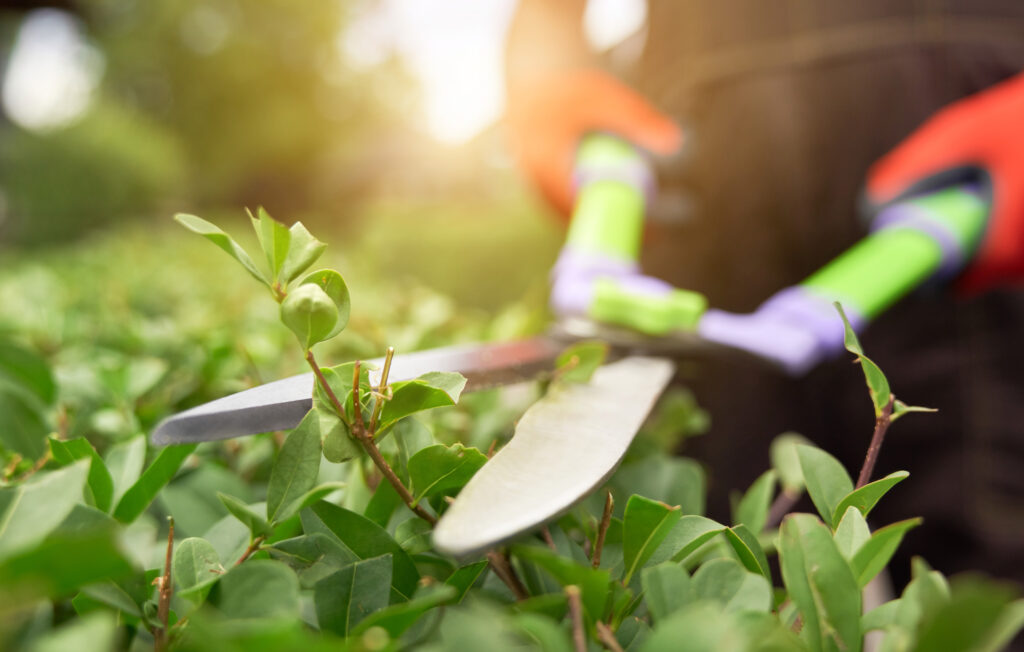
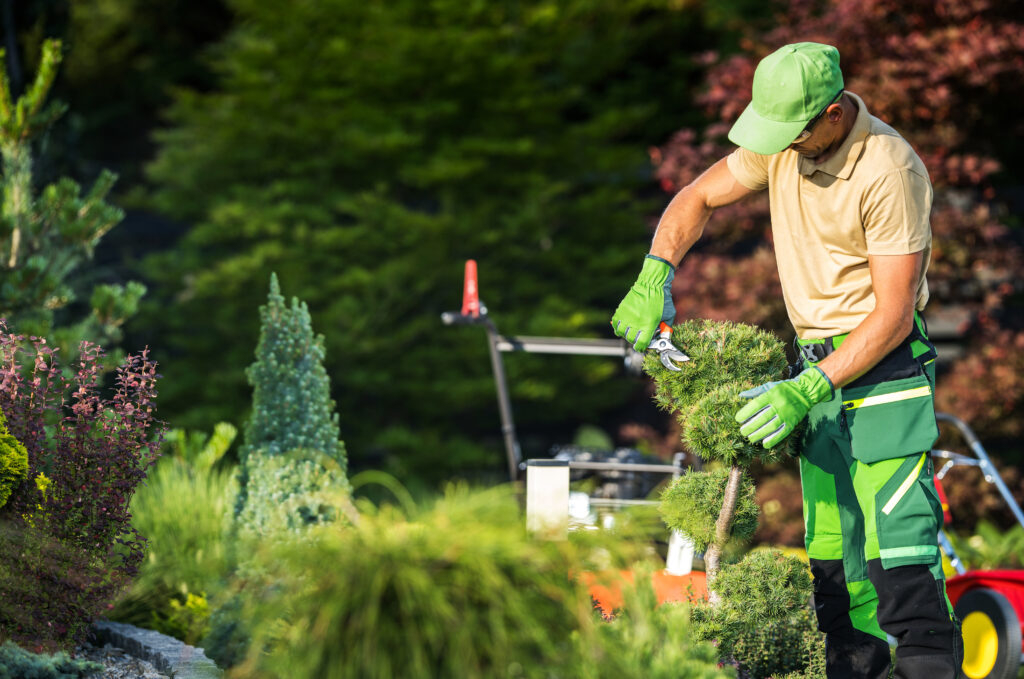
FAQs
What is sustainable landscaping?
Sustainable landscaping refers to the use of environmentally friendly practices and materials to create and maintain outdoor spaces. This includes using native plants, conserving water, reducing chemical usage, and promoting biodiversity.
What are coastal fog conditions?
Coastal fog conditions occur when moist air from the ocean meets cooler air over the land, resulting in the formation of fog. Coastal fog often brings cooler temperatures and higher humidity to coastal areas.
What are some plants that thrive in coastal fog conditions?
Plants that thrive in coastal fog conditions include California lilac (Ceanothus), Pacific wax myrtle (Morella californica), seaside daisy (Erigeron glaucus), and beach strawberry (Fragaria chiloensis). These plants are adapted to the unique climate and soil conditions found in coastal areas.
How do sustainable landscaping plants benefit coastal environments?
Sustainable landscaping plants benefit coastal environments by providing habitat for native wildlife, reducing the need for irrigation and chemical inputs, and promoting soil stability and erosion control. Additionally, these plants can enhance the natural beauty of coastal landscapes.
